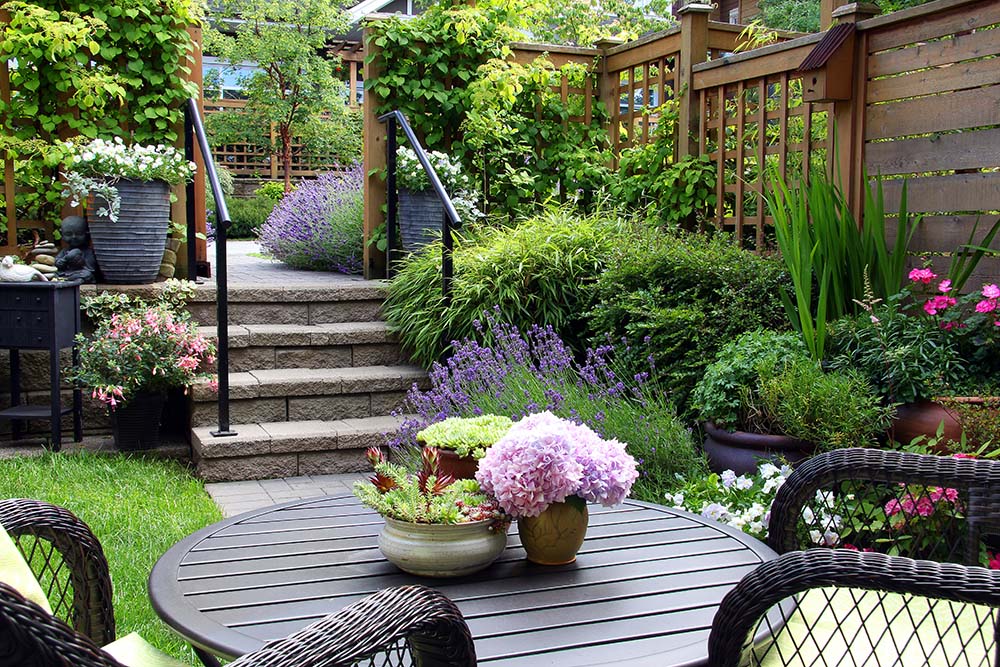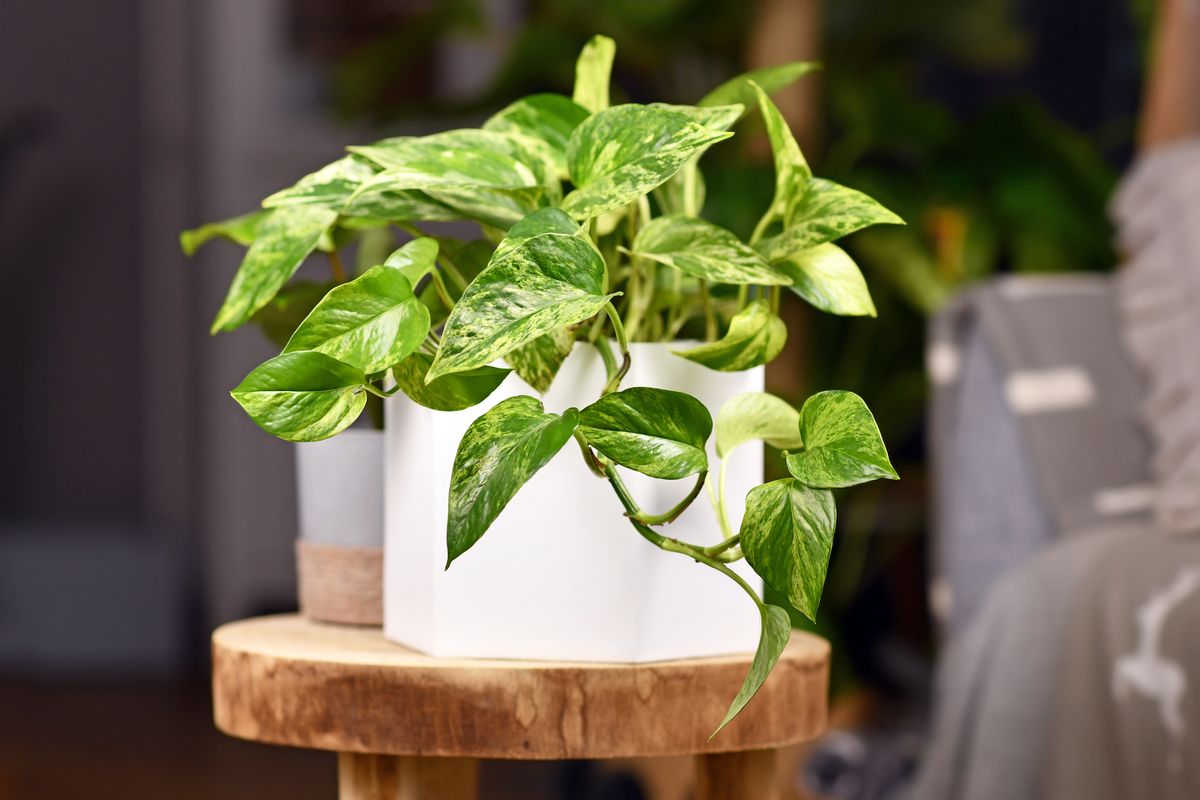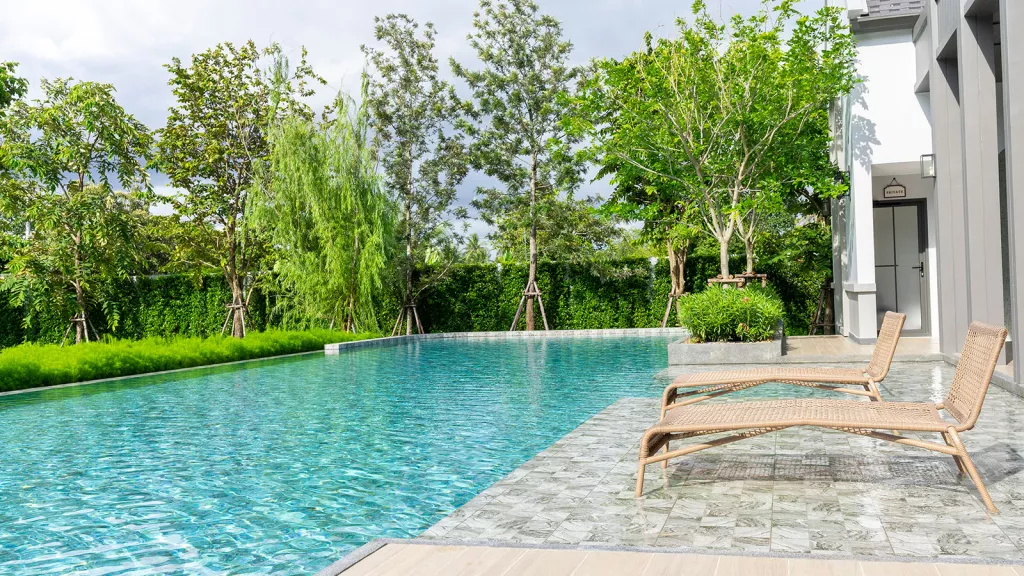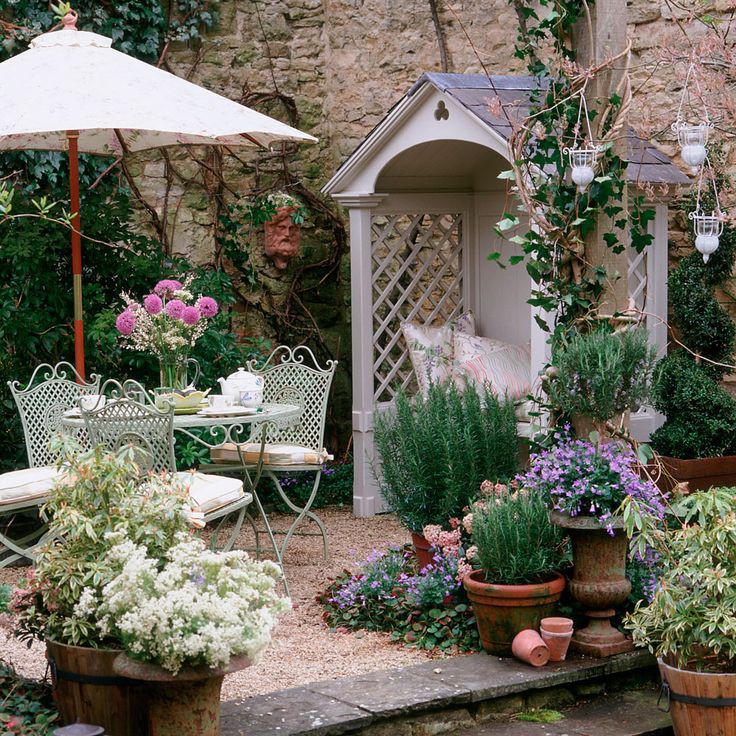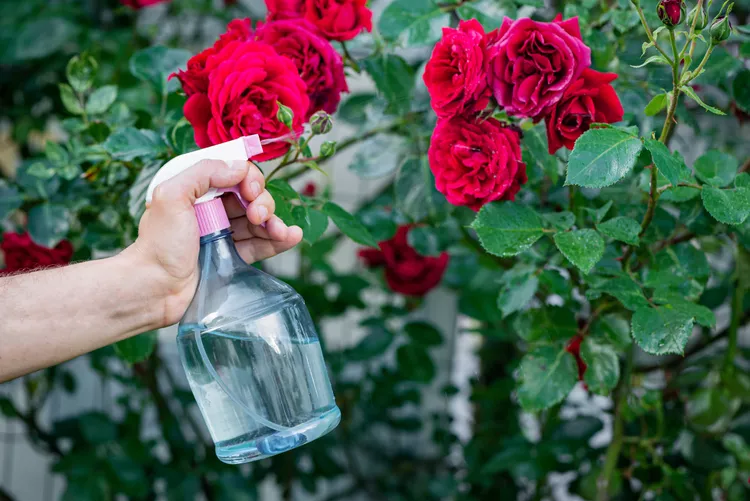Even while it can be gratifying and fun, designing a garden can be intimidating for many individuals. Designing a garden requires taking into account a number of factors in order to maximize your outside space. You should first create a plan that details your objectives, the size and shape of your garden, and any existing structures or features that you wish to include into your design. The style or theme of your garden, whether it be a formal or informal design, cottage garden, Zen garden, or vegetable garden, should then be taken into consideration.
Garden Design Tips
When selecting your plants, keep in mind their size, growth patterns, and maintenance needs after developing a layout and a theme. Think about things like the amount of sunlight and water your garden gets, as well as the sort of soil you have. As a last step, think about enhancing your garden’s aesthetic appeal by using components like hardscaping, garden art, or water features. With these factors in mind, you can build a stunning and useful garden that will be enjoyable for many years.
Remember that gardening is a process, and your garden’s design may vary as you acquire expertise and your preferences and needs alter.Color is another crucial factor. Your garden can be made more visually interesting by selecting plants with complementary or opposing hues, and adding decorations like garden art or colorful containers can also provide splashes of color all over the place.
When it comes to upkeep, it’s crucial to pick plants that are suitable for your climate and soil type and that call for a level of maintenance that you are comfortable offering. When choosing your plants, keep in mind things like watering, fertilizing, and pruning. Also, be honest with yourself about how much time and work you are willing to put into gardening.
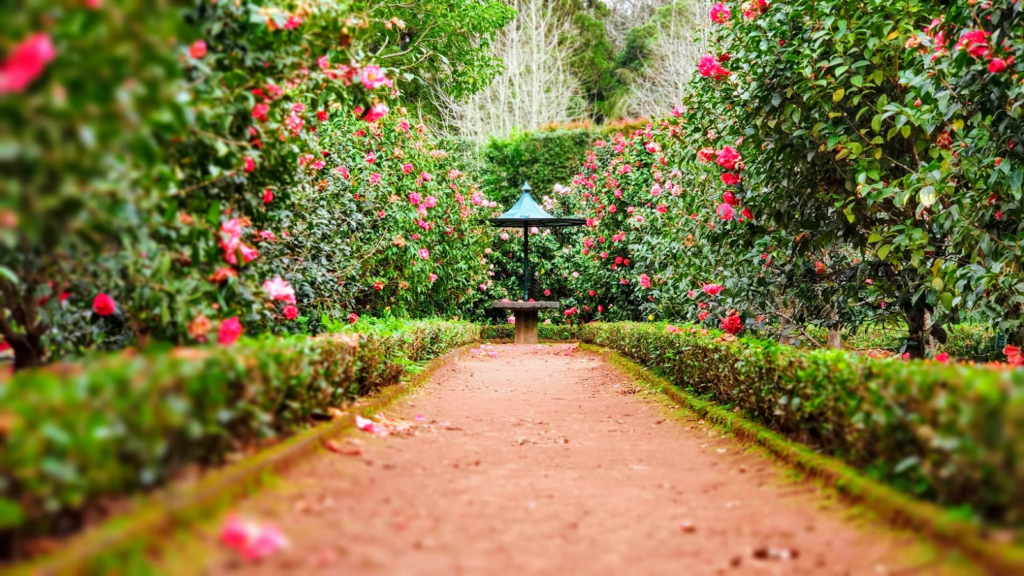
Finally, keep in mind that gardening is a process and that it’s crucial to be adaptable and willing to adjust as you go. It’s possible that you’ll discover that some plants don’t do well in your garden or that your original plan doesn’t turn out as well as you had planned. To design a garden that genuinely captures your unique sense of style and preferences, don’t be afraid to try new things and tweak existing designs as necessary.
